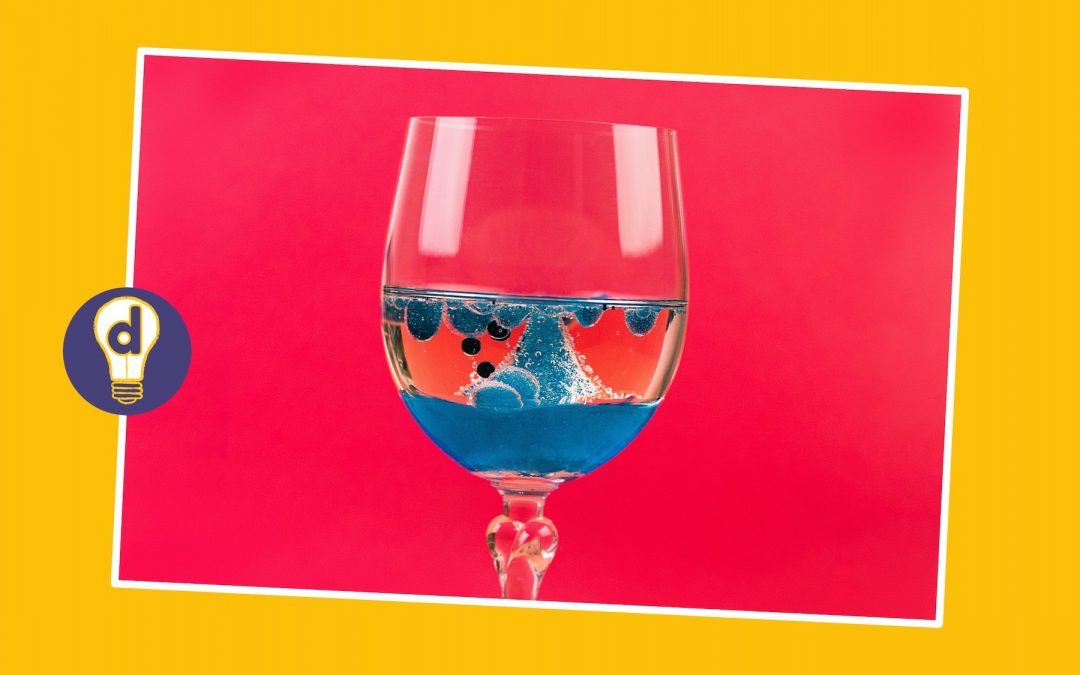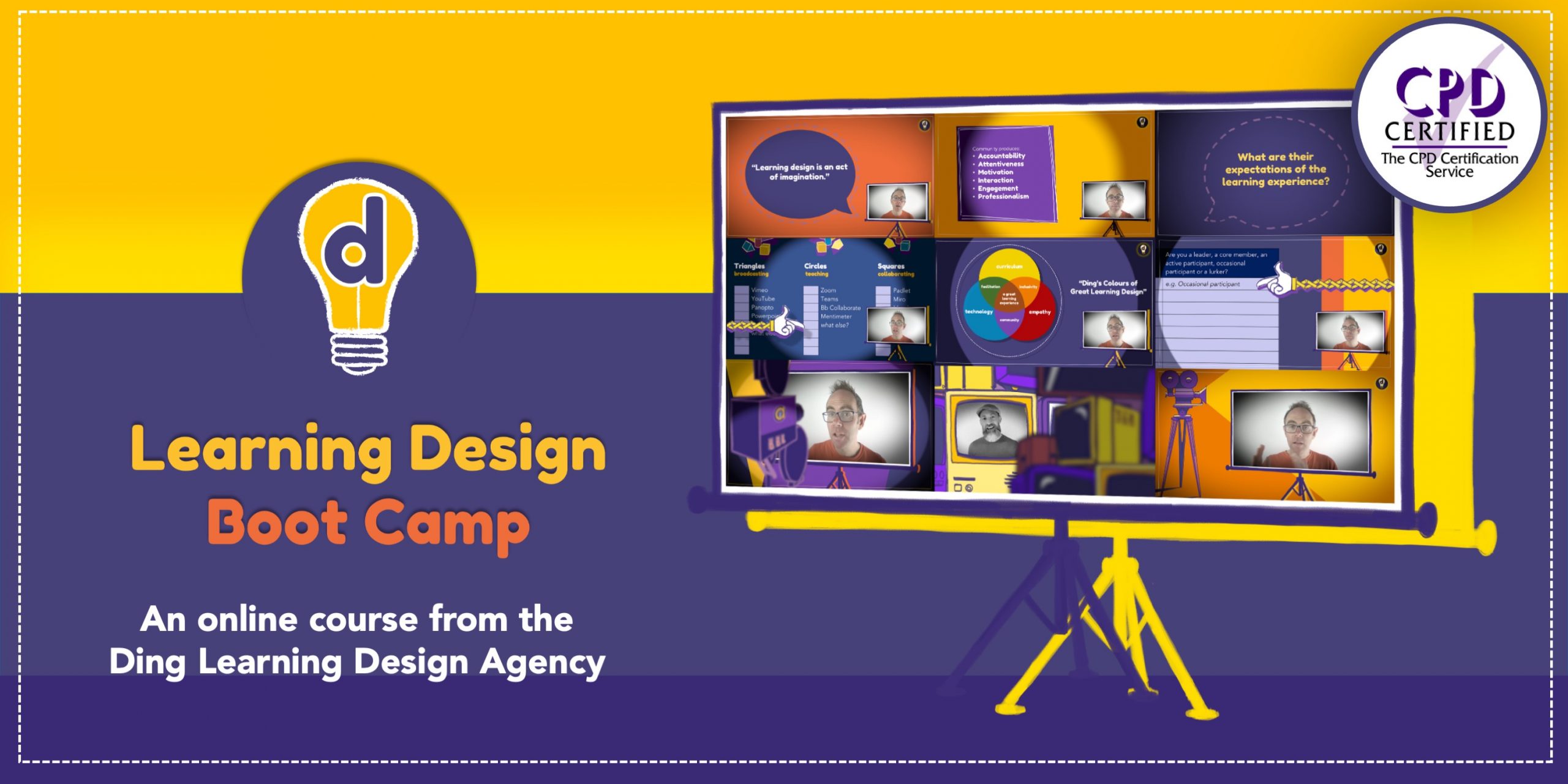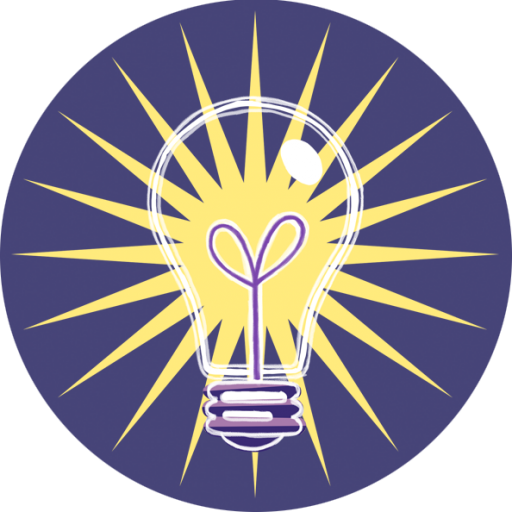Few learning designers and educators will disagree with the value of learning by doing. But learning to experiment takes practice, and we mustn’t assume that learners are confident and comfortable with experimenting.
As we plan a session, we learning designers often ask ourselves themselves: what do students have to know to make this lesson work? The key thing to remember here is this: what students know about the subject may not be the most important thing at all.
Take Experiential Learning, for example: you’ve got Kolb’s cycle to guide you; it’s clear-cut; there’s evidence from a massive piece of research that success rates improve by 20% when you use a process like Kolb to guide your sessions (Sinha & Kapur, 2021). What can go wrong? Let’s take a look.
Learning to be wrong
First, many of our home students come into higher education more or less knowing the worst thing you can be is wrong. Being ‘wrong’ (if you accept that word) is part of experience and of experiential learning, so there’s maybe preliminary work to be done here. Paul Arden offers certainty: ‘it’s right to be wrong’ (2003:57), but in an age of anxiety and very high levels of mental health difficulties, you may well need a lot more than that: a few pithy sayings may do little to support students in growing comfortable with the necessary uncertainties of experimentation.
Also, of course, to reach for the skills/strengths that experimentation can bring to creative thinking. The students who feel threatened by Part 1 of the cycle (Exploring) may be angry and/or difficult. Or a number of other tricky things. It’ll be difficult to allay student fears at this point – and you won’t be thanked for it.
Learning to collaborate
Also remember that some students – autistic students, non-native speakers and the introverts – will need supporting in group work. What might they be usefully doing as part of the process? Have all the students been given sessions on good groupwork? Can the groupwork be set up so that one or two (probably home) students don’t dominate? Might the process of this teamwork be part of the marking scheme for the unit to encourage a bit of respect?
Learning to reflect
Then there’s Reflection (Part 2 in the Kolb cycle). Have students been given any models for framing their reflections? If not, what might you include in the session to support their Reflection here? Might giving them, say, Borton’s (1970) framework be enough at this stage? (What? So what? Now what?)
If students are reflecting on their own, a number of dragons may need to be slain – probably summed up in the word ‘wrong’ again. Reflection too needs preparation.
Learning Development at Plymouth University has a very clear entry on reflection, and there’s a useful table on good and poor reflection in Session 7 3:2 of an Open University postgraduate course which offers examples of good and bad reflection that could be adapted for undergraduate students. The session also offers a chart of helpful phrases for each stage of reflection.
As with other valuable design theories, there are traps for the unwary in Kolb.
You might also like:
- Arden, P. (2003) It’s not how good you are, it’s how good you want to be. Phaidon
- Ding’s Thinking Tools: Experiential Learning.
- Sinha, T., & Kapur, M. (2021) When Problem Solving Followed by Instruction Works: Evidence for Productive Failure. Review of Educational Research, 91(5), 761–798.
Thank you to:
- Ray Martin for help with researching and producing this article.
- Paul Steuber on Unsplash for a fabulous photo!
Interested in learning design?
Then you might like our Learning Design Bootcamp.
Download the brochure to find out about the activities and assignments, and have a look at some of the course videos
You can also book a call with the Ding team who will answer all your questions!



